Where to do begin with a city like Tokyo – 38 million people, skyscrapers stretching as far as the eye can see and 160,000 restaurants. Coming into the city from Haneda Airport and crossing the Rainbow Bridge from Odaiba you get small sense of the scale. Passing under the Tokyo Tower it almost looks dwarfed by its surroundings but it’s taller than the Eifel Tower! Then there is our base right next to Shinjuku Station – with over 50 platforms, 200 exits, 5 departments stores and over 3.5million daily users this is a station that’s almost a city in its own right. It’s easy to get overawed by the size of Tokyo however don’t worry – it’s a brilliant city to explore on the superb public transport system which is swift and cheap (although packed in rush hour as is any city). Take a few bites sized chunk, don’t do everything and enjoy exploring on foot – at street level there’s masses of charm, character and quirkiness with, seemingly, a restaurant every few yards.
We decided to start at the top so headed up the Tokyo Metropolitan Government Building to get a fantastic view of the city by night from 200m up. Go in the daytime and you can sometimes see Mt Fuji out to the west. Next stop was Shunjuku itself, possibly the liveliest area of Tokyo by night where the neon signs, rock videos and giant rooftop Godzilla are just what you’d expect (but noisier and brighter). We had a few evenings out here enjoying the yakitori stalls around the trainlines, the narrow alleys and tiny bars of Golden Gai and excellent ramen and relaxed tempura. It’s difficult to miss the Robot Restaurant in this area but we managed to.
As a base to explore the city Shinjuku is excellent with its superb transport links on the fast, circular Yamanote line, the main rail line across the city and numerous underground/metro lines. We could also walk to the nearby Meiji Shrine and Harajuku. Transport is cheap using the IC Manica card (Oyster style) or the 2 week JR Rail pass. Taxis are not bad value but with such excellent public transport they seem unnecessary.
We had a guide, Masa, on our first morning who really brought the city and Japanese customs to life. In particular his explanation of the way Buddhism and Shintoism exist side by side in Japanese culture at important stages of life: birth, graduation, marriage and death. Inside Japan have a unique guiding option which is based on not having any set itineraries – the guide will go where you would like to or come up with suggestions based on your ideas and interests. We were keen to explore the Asakusa district and the old Tsukuji Fish Market.
Asakusa is one of the older districts and is not too over-run with high-rises (despite being the location of the Tokyo Skytree). The famous Sensoji temple has been a pilgrimage site for centuries and the surrounding precinct is a warren of streets with plenty of souvenir stalls plus more specialist artisans, antique and kimono shops. The temple itself entered by the Thunder Gate with huge red lantern and the main hall was originally built in 645. Incense is burning, there are fortune sticks to buy and streams of worshippers everywhere. The Tsukuji Fish Market finally moved out of it’s central location to a new harbour side site (think Billingsgate) about 6 months ago. The area around the market remains with its plethora of restaurants and catering equipment firms. We guessed it would be a good place to feast on sushi and sashimi and were not disappointed – it was the first of many fine seafood meals and all the time the expert sushi makers worked their area of the counter while greeting guests.
The afternoon was spent exploring Akhihbara or ‘electronics town’ famous for its pop culture. We rounded off the day with a Baseball match at the Tokyo Dome between the Yomiui (Tokyo) Giants and their arch-rivals the Hiroshima Carps. There was plenty of colour and synchronised support and with the match finishing 6-2 to the home team most left pretty happy. There are matches most weeks in Tokyo during the season and being the best supported Japanese sport it is well worth a visit.
One of the great advantages of being based and Shinjuku is the superb transport connections however it’s also in walking distance of the lovely Meiji Shrine and the Harajuku areas. The former is the largest Shinto shrine in the city and the heavily wooded surroundings make it feel miles away from the metropolis. Just outside the grounds once you are past the donated sake barrels, and in total contrast to the peaceful shrine, is buzzing Harajuku the centre of alternative fashion so great for shopping or just people watching. Head down the fast JR Yamanote line a couple of stops and you reach Shibuya, another consumer hotspot best known for THAT zebra crossing – the police are on duty here to keep people moving and avoid any selfie mishaps.
After a morning exploring and a fine gyoza lunch it was time to hit the streets again and experience Tokyo by road, or more specifically by Go-Kart dressed up as a super-hero! Clutching our International Driving Licenses we lined up behind our guide for a 2 hour tour of the city centre passing among other places the Tokyo Tower, Harajuku and, with perfect timing, hitting the front row at the Shubuya Crossing for multiple photo opportunities. Great fun and a great way to see Tokyo even if we were only 2 ft off the ground with buses alongside us.
We did return to Tokyo at the end of the trip and as well as visiting the new Hokusai Museum we had the chance to enjoy the September Sumo Tournament at the Kokugikan – the main sumo wrestling hall. There are 6 main tournaments a year with three in Tokyo so if you get the chance don’t miss it. The event goes on all day (for several days) however the main champions start their parade into the ring at about 15.45 and the main bouts continue for two hours or so. We saw 20 contests with some lasting a few seconds and others a minute or two. There were plenty of formalities and breaks (with adverts paraded around the ring on banners) and as the fighters got more and more senior the atmosphere in the crowd grew and the theatrics on the dojo increased. It was amazing to see the techniques involved with even the smaller fighters capable of sending their opponents flying out of the ring onto the front row attendees. It was brilliant spectacle much helped by the clear English scorecard and a superb introduction to this unique bit of Japanese culture.
We barely scratched the surface of what to see in Tokyo – we never made it to the Imperial Palace, Ueno Park and its fine museum, Tokyo National Museum, Studio Ghibli or the lovely Hamarikyo Gardens. Don’t stint on your time there – there’s so much to see.






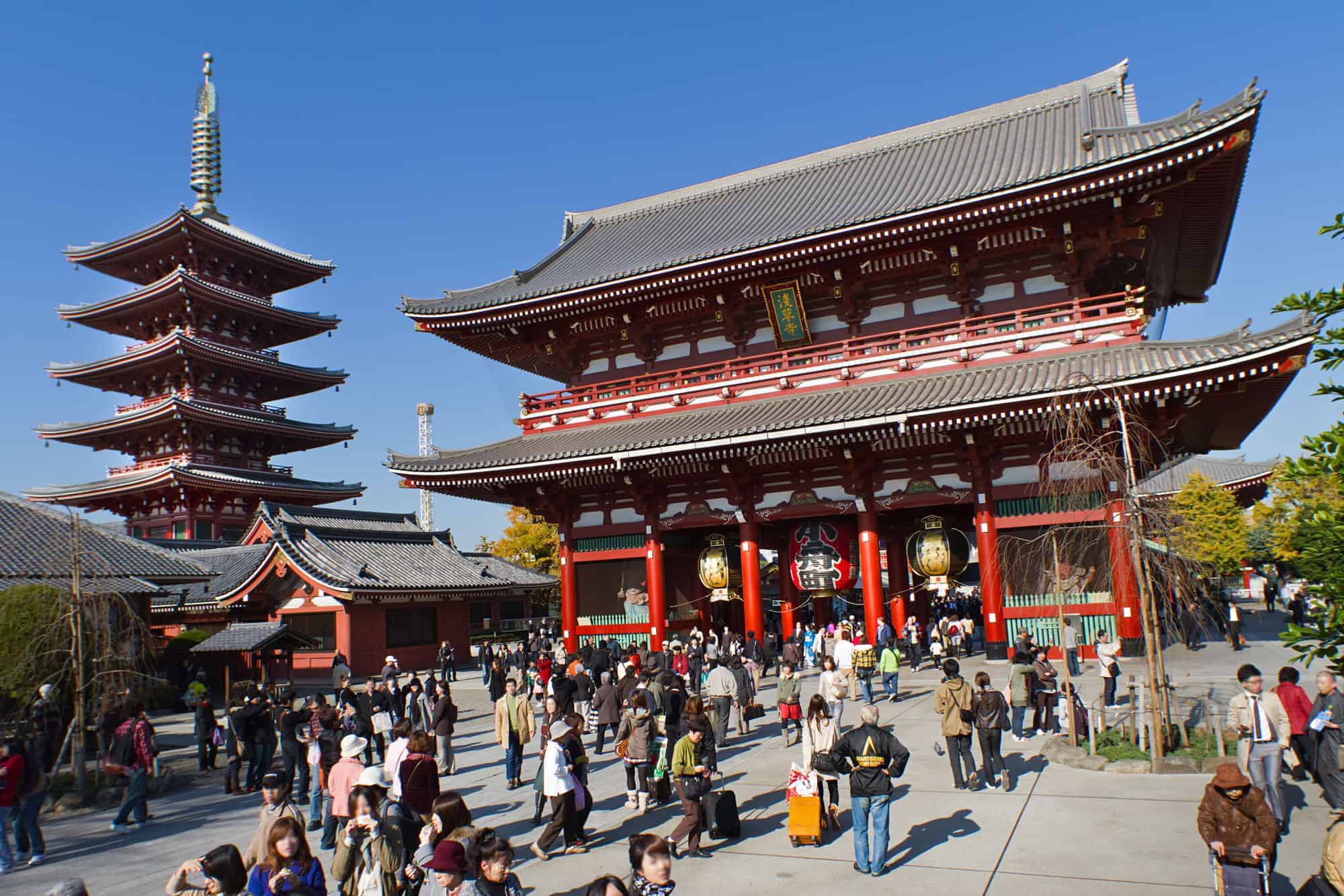

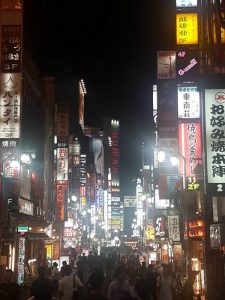

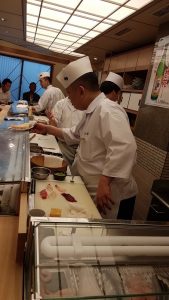
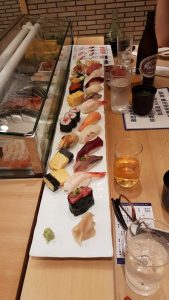


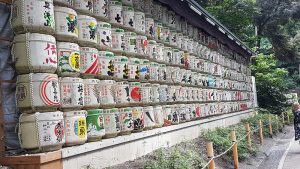




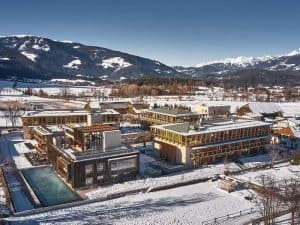
 by TMS
by TMS